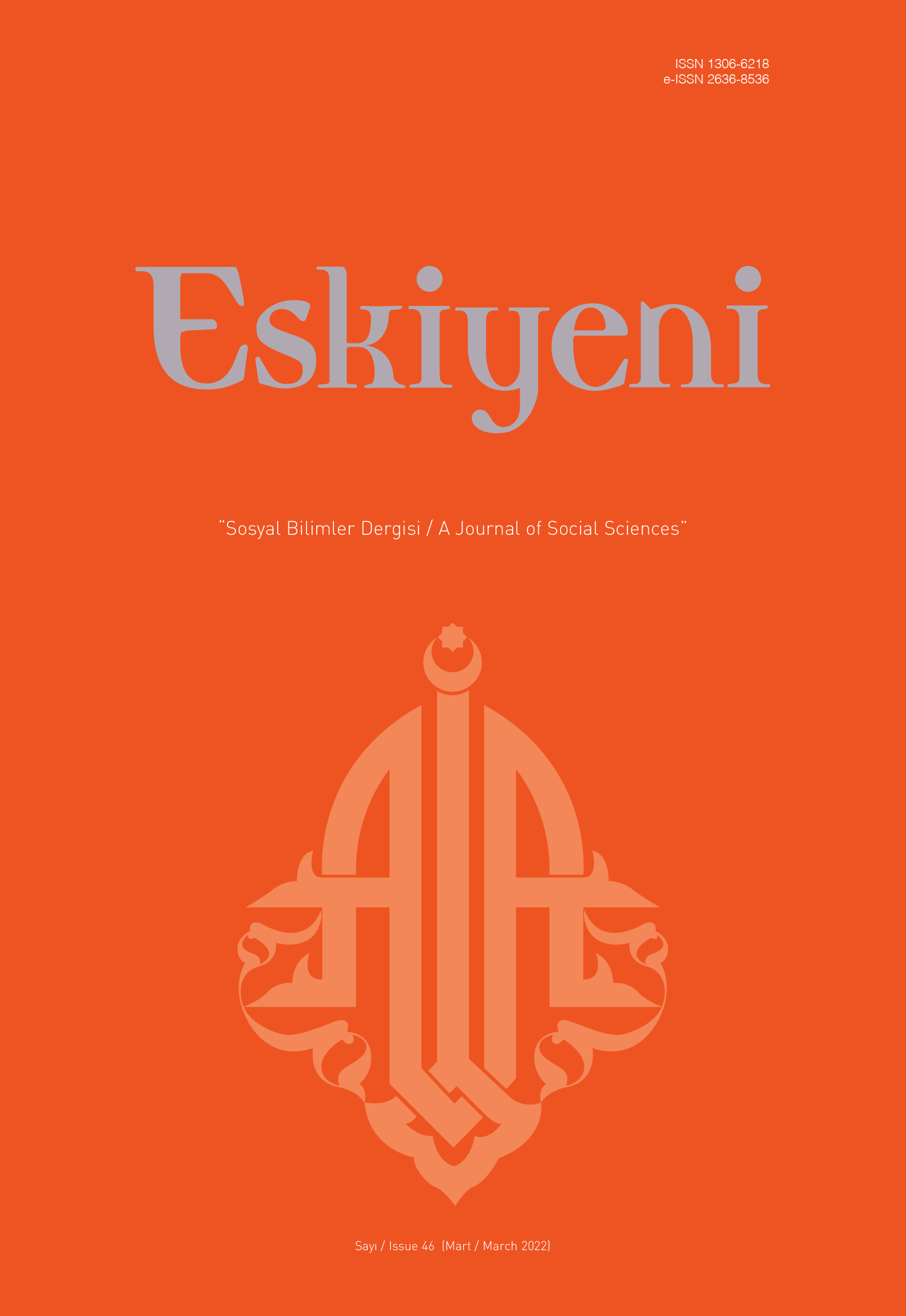Mûsikî Nazariyatı Tarihinin Mühim Bir Siması: Allâme Kutbuddîn Şîrâzî
A Significant Person in the History of Music Theory:
Allame Quṭb al-Dīn al-Shīrāzī
Author(s): Sema Dinç, Ahmet ÇakırSubject(s): Music, Theology and Religion
Published by: Anadolu İlahiyat Akademisi
Keywords: Turkish Religious Music; Theory of Music; Quṭb al-Dīn al-Shīrāzī; Durrat al-Taj; al-Adwār:
Summary/Abstract: 13th century appears as a period when the theory of music in Islamic civilization was considered as one of the Riyādī (ta‘limī) sciences based on wisdom and experience, and it was restructured in a comparative way with the works written. Quṭb al-Dīn al-Shīrāzī (d. 1311), who was among the first music theorists of the period, dealt with the science of music with theories and calculations that some of which are still in use today and at the same time he was interested in the practical part of music. His work called Durrat al-taj, in which he includes the views of al-Fārābī, Ibn Sīnā and Urmawī and criticizes their discourses, is in an encyclopedic structure in Persian-Deri dialect, which also including the music section. al-Shīrāzī, who was educated by the important masters of his time like Naṣīr al-Dīn al-Ṭūsī, and also distinguished himself as a teacher and music theorist, is a historical figure who was growed by the Iranian geography and played an important role in laying the basies of Turkish-Arabic-Iranian music, and affected many scholars like Maraghi after him. It is aimed to bring the musical part of al-Shīrāzī’s work named Durrat al-taj into the theory of music by using historical musicology, analysis, interpretation, systematic musicology, comparative musicology, and source scanning methods. For this purpose, the work has been examined by making an examination on four different copies. With these studies, the theoretical and terminological innovations of the work and its historical value will be examined. At the same time, perception and meaning problems of the period will be put forward theoretically by considering the subjects in detail. As a result of the research, it has been determined that the work is not an Urmawī commentary, and besides, it has many original aspects. It has also been seen that it is a copyrighted work that includes all the basic subjects such as sound physics, sound theory, intervals, pitches, scales, and the genera that make up it, rhythm, in which computational methods are used extensively. The fact that he criticizes the views in some theoretical studies done before him, and the use of his own terminology and his detailed approach to the issues add value to the work. It has gained an important position in the music theory literature with its new intervals, scales and originality in the structures of these scales, additions to the writing of notes, the use of nuance, oud training and prosody in the music section. The fact that he gave place to a singing technique that could only be identified in the recent period with its technical details in his own period has been seen as another contribution of the work to our day. For all these reasons, the subjects of the musical part of al-Shīrāzī’s Durrat al-taj work and al-Shīrāzī’s personality, which is compatible with his music will be examined in this paper.
Journal: Eskiyeni
- Issue Year: 2022
- Issue No: 46
- Page Range: 245-268
- Page Count: 24
- Language: Turkish

